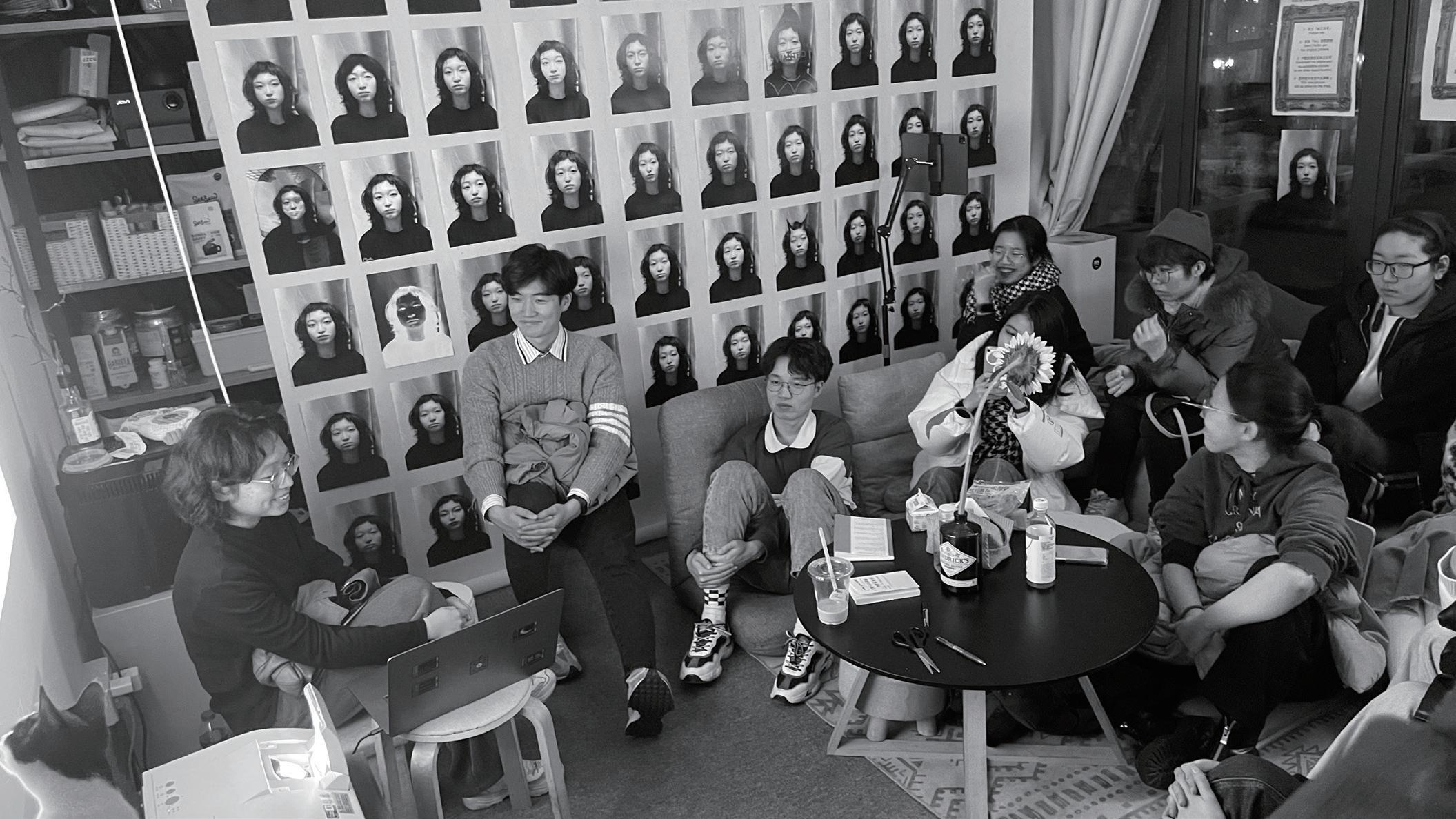Nothing to Do with Me / Something to Do with Me
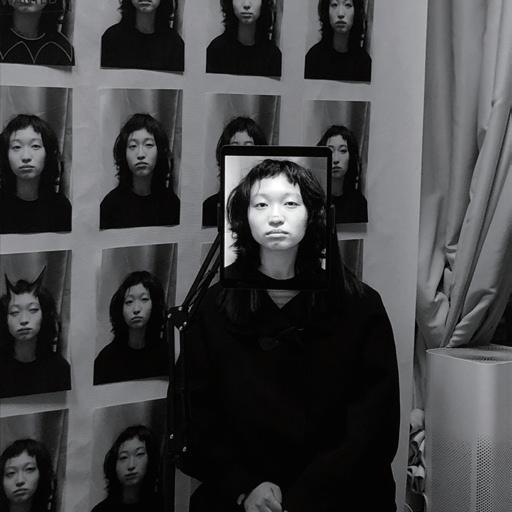
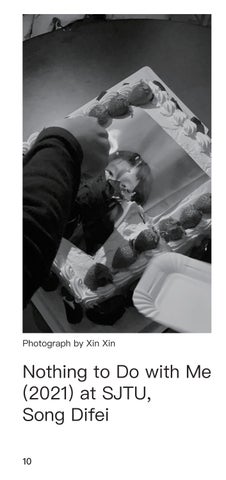

1: Phenomenon of selfobjectifcation
2: Song Ta's exhibition:Uglier and Uglier
About conception art and performance art

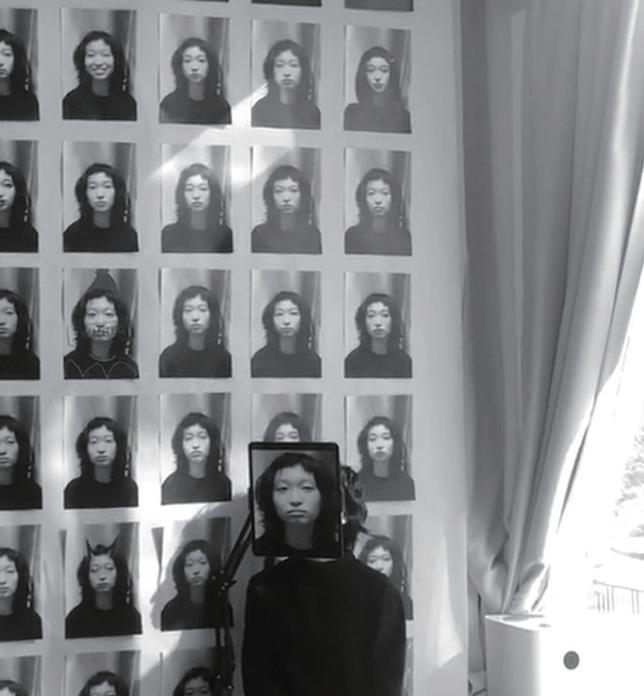
"Nothing to Do with Me" is the title of this work.
First, let me introduce why there is this project.
One of the reasons why I came up with this project is that I am making my portfolio so I have been racking my brain to come up with something interesting. Another opportunity was when I saw Song Ta's performance art exhibition called “Uglier and Uglier” on the internet, which had been a hot topic. He had recorded nearly 5,000 girls on a campus by a VCR. He then ranked them from the most beautiful to the most ugly according to his personal aesthetic preferences, and make the result into a video. This video was shown in UCCA Center for Contemporary Art, and it took more than 8 hours to complete the entire video. After the exhibition was announced, many people started to scold him on the internet, which led to the exhibition being pulled down in 2013. I'm not clear why this old story was brought up again this year, but he was interviewed by BIEDE, a well-known We Media publication.
In fact, according to Song Ta himself, he did not criticize the phenomenon of objectifying women when he created
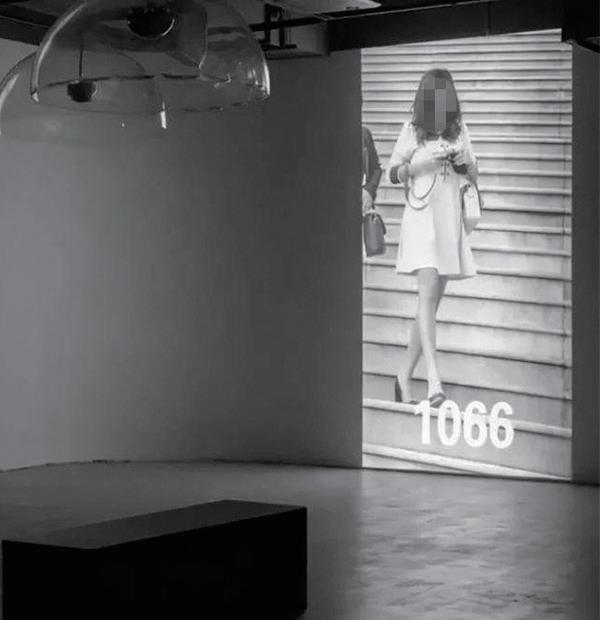
this work. And UCCA Center for Contemporary Art‘s presentation of the exhibition was very disgusting, “From the opening of the art gallery, the frst group of viewers were able to see the ‘school fowers’, but soon the screen was occupied by almost the same mediocrity. As night fell, the exhibition space was flled with inferiority and depression. It was ‘a hell on earth’.”
Uglier and Uglier that rates women from ‘prettiest to ugliest’.
https://www.scmp.com/news/people-culture/gender-diversity/ article/3137871/chinese-art-museum-shanghai-apologises-and

“In the end, it was scary … they were normal people, not missing an arm or an ear or an eye, but just so ugly that it made people uncomfortable,” Song Ta said. “I objectify you in an honest way, that’s a type of respect. I will not randomly rank you frst place, that’s disrespect, that’s toying you with clever words.”
Top: Details of Song’s ranking system;
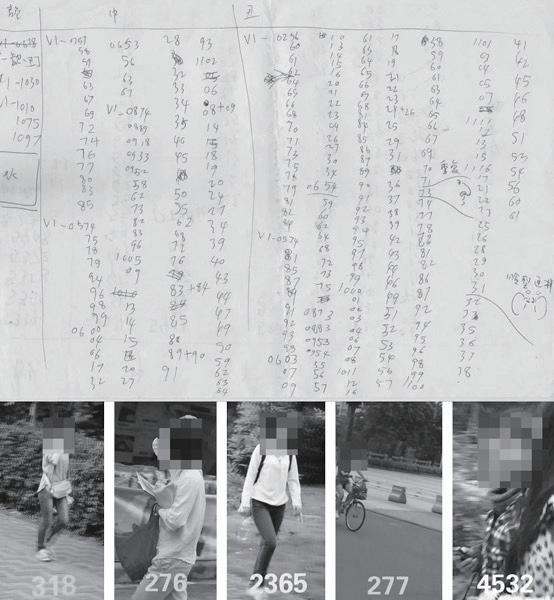
Bottom: Screenshots of the exhibition. From Art-Ba-Ba, Artron, and Vice
https://www.sixthtone.com/news/1007909/song-ta-scandal-putsart-worlds-sexism-on-full-display

Some people say that artists should have the freedom to express themselves, and that if people pull this exhibition down just because it is morally unacceptable, it actually undermines the freedom of expression in art. But even if we put morality aside, I think this exhibition can hardly be called art. In my opinion, art is inherently critical. Art is an implicit critique of the degradation of human beings, as Theodor Ludwig Wiesengrund Adorno said. In an interview with Song Ta on BIEDE, Song Ta said that he had the right to tell the truth, and he felt particularly proud of telling the truth.
But in my opinion, he merely presented this social situation, rather than telling the truth. Because the truth is not the despicable social reality that we have seen in this exhibition. The truth is a state of goodness that we should achieve, not just a defence of this reality. Truth is not reality, on the contrary, truth is hostile to reality.
Photographic works, used for military training propaganda in Chinese universities, Anonymous, Jul. 2021.

Another inspiration for this project was that I was working on another project at the same time, that is, I rate my three roommates’ daily behavior during the military training. Because I want to ridicule the trivial and meaningless behavior of scoring each class and letting them compete with each other during military training.
The leaders of the school deliberately create a sense of competition and group honor to make the students who participate in the training become more obedient. Many of the rules are very boring, trivial, meaningless, and rigid.
For example, the person reviewing the photos actually has a bad aesthetic. The political workers of the military training troops must submit their photographic works to the old-fashioned counselors who do not understand photography. Many photos will be rejected for inexplicable reasons. For example, some classmates in the photos "have not enough frm eyes", "hair is too yellow" and so on. Any students who have obviously dyed their hair are not allowed to appear in the photos. The students who write propaganda articles were told to arrange the text in various patterns in order to cater to the weird preferences of leader’s.
At that time, I planned to continue this project for a semester or a year, to satirize the bureaucratic and formalistic phenomenon in the university. But then I discovered that in the past few days of scoring my roommate, there was a subtle change in the relationship between us. Although we all know that this is a joke, I feel that I still do harm to my roommate. So I told my teacher that I didn't want to do this project anymore. Then he asked me why I didn't do it? He also told me that he thought this project was fun and humorous, and if I don't mind losing three friends, I can continue to do it.
But I didn't think it was appropriate to hurt people like that just for making portfolio and then applying university. So I had a sudden thought at that time, could I turn Song Ta's work and my own previously suspended project, upside down, could I turn the target at myself? Although this project now is not really a harm to me.
If Song Ta’s work is reversed, if he let these 5,000 girls give his appearance a score, and then rank it in a list, maybe he will fnd this unacceptable. But he But he used art as an excuse to hurt other girls in this way.
The Score sheet and leaderboard for my cancelled project "Tiao Ranking List" (Tiao is my nickname), Jul. 2021

On Xiaohongshu, also known as Little Red Book,a social media and e-commerce platform,if you search for "score”, you can see a lot of people willingly asking others to score their looks. Some people will even pay two or fve yuan to ask strangers to score their own face, hoping to get an objective assessment of their own face.
So I wanted to present the above phenomenon. It's like this.
In this project, I asked some friends and strangers to edit my portrait photo according to their own aesthetic preferences. And I also organized a relay for editing images: I invited some friends to edit my photo, then forwarded it to the next person, and so on. Clearly, whether it's the increasingly outrageous and unnatural photos in "My Development History," or the photos that have been variously beautifed by diferent people, they're not in the least bit like my own image. During the course of this project, I discover some very interesting phenomena. I didn't intentionally remember who is the editor of the photo among these seventy-fve or so photos on here, but every time I saw a particular photo, I could still easily remember who had photoshopped that picture. Because most of the pictures
are a little bit close to the look they present in their Social platforms like WeChat Moments, which can be called their ideal self.
Tehching Hsieh, Time Clock Piece (One Year Performance 1980–1981), installation view with time cards, industrial time-clock, projector, photo-strips and flm.

https://sueannchen.com/writing/timeclockpiecehsiehtehching
Time Clock Piece (One Year Performance), (1980-1981), New York, Tehching Hsieh
The project began in mid-September, and the image collection took only a week or two, which was relatively quick. The majority of my time was spent on the book's layout and curation.
But the closer I get to the date of this exhibition, the more I doubt its signifcance. Even though, in fact, when I have an idea–can I ask 100 people to beautify my photo–this work has been completed for me. Because the essence of this exhibition lies not in these altered photographs, but in my actions.
Why do I think so? I have read many works by Tehching (Sam) Hsieh, who is my favorite artist, almost none of them. An art critic named Qiu Zhijie commented on Tehching (Sam) Hsieh's behavior and works, which gave me a lot of thinking about conceptual art. Each project of Tehching (Sam) Hsieh lasts for one year. For example, the picture on the left is a project called Time Clock Piece. For one year, from 11 April 1980 through 11 April 1981, Hsieh punched a time clock every hour on the hour. Each time he punched the clock, he took a single picture of himself, which together yield a 6-minute movie. He shaved his head before the piece, so his growing hair refects the passage of time. The whole behavior lasted for
a year. So he can't go far away, can't do many things, and even his sleep is interrupted every hour. All these picture have been shown in the museum. There are 24 hours in a day and 365 days in a year, so these pictures formed a oneminute video. Qiu Zhijie said that as a performance art work, you don't actually need to go to this exhibition hall to see what the pictures or the video and documents look like. These are actually nothing, you just need to hear that this happened to him.
So before my own exhibition opened, I was worried that maybe not many people would come to see it. Because it is enough, when one has heard about a schoolmate named Song Difei had held such an exhibition, the content of which was that she invited dozens of people to beautify her photos, and there was an interactive installation. I didn’t even need to go to the site then can I understand the major part of this exhibition. That's why I found this project more and more boring.
Tehching Hsieh, One Year Performance, 1980 – 1981 | © Tehching Hsieh. Courtesy the artist and Sean Kelly Gallery
https://theculturetrip.com/europe/italy/articles/the-10-nationalpavilions-you-cant-miss-at-the-venice-biennale/
Time Clock Piece (One Year Performance), (1980-1981), New York, Tehching Hsieh
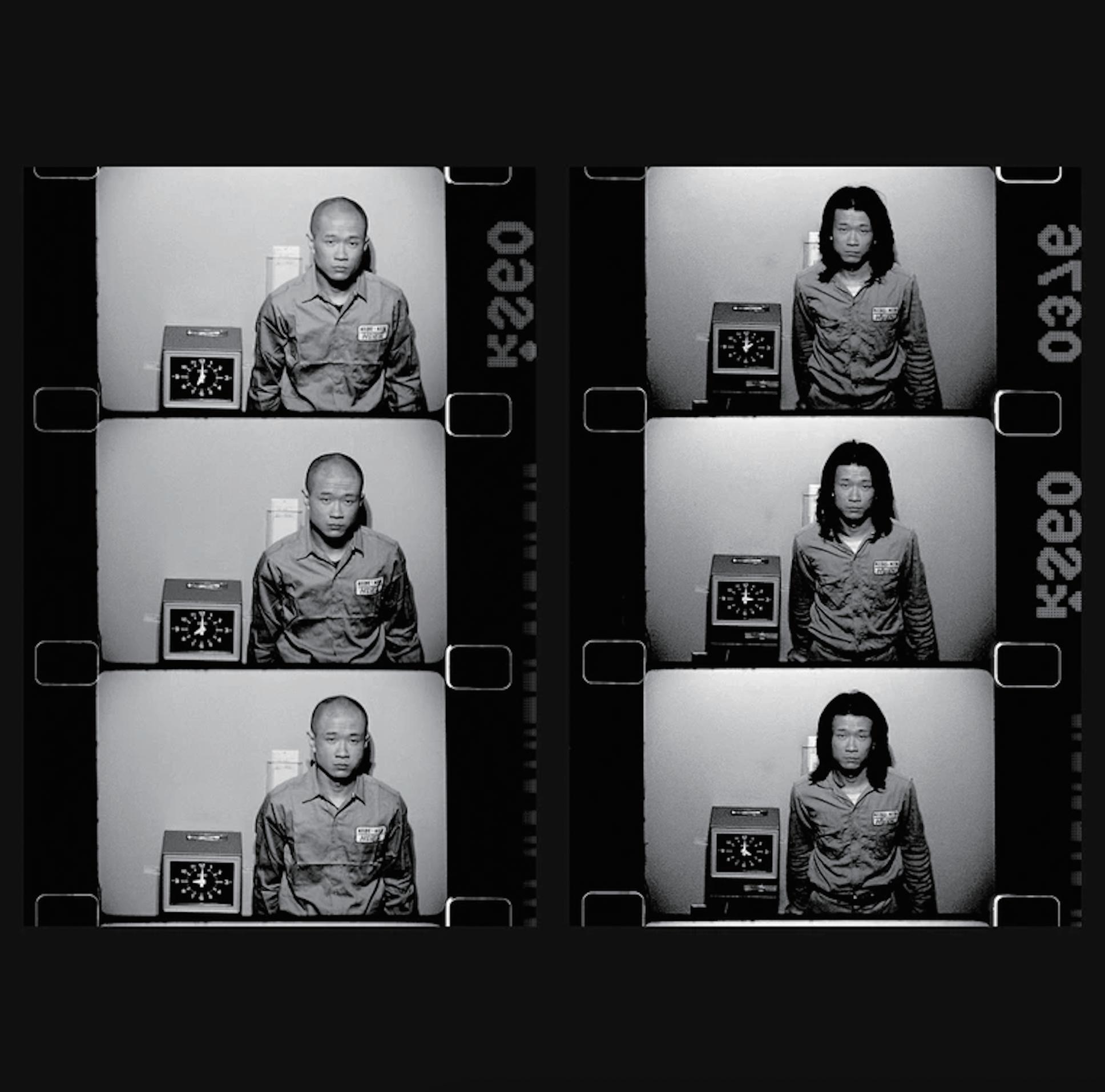
Q:
I love your exhibition because it reminds me of my own childhood memories. My mom has always disliked my appearance because I have single eyelids. She always said that if I had double, I'd look good. She also frequently inquired as to whether I would be interested in having double eyelid surgery. Before college, I thought girls with double eyelids looked better, but then I realized that the most important thing was to accept myself. Beauty comes in many forms.
A:
Yes, beauty should be pluralized. But I'm not claiming that everyone is beautiful because of their variations. Physical beauty, in my opinion, is completely irrelevant. "Everyone has their own beauty" simply perpetuates our overemphasis on appearances in a sweet but deceptive way. I don't want to say that everyone is beautiful; instead, I want to say that it doesn't matter if they aren't.
Discussion after the exhibition,
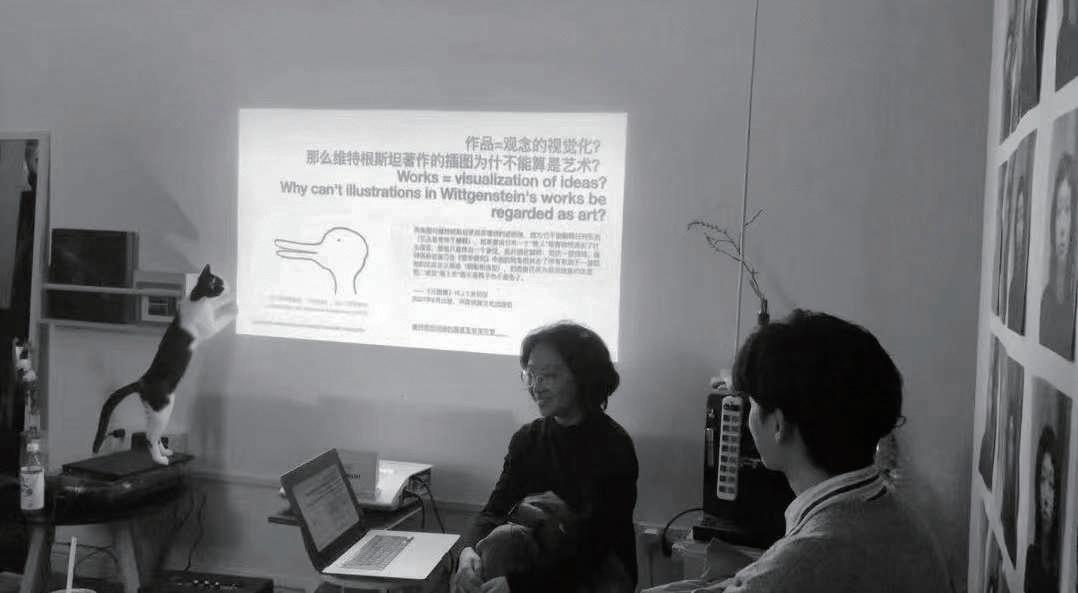
Photograph by Mary, Lu Wanting
